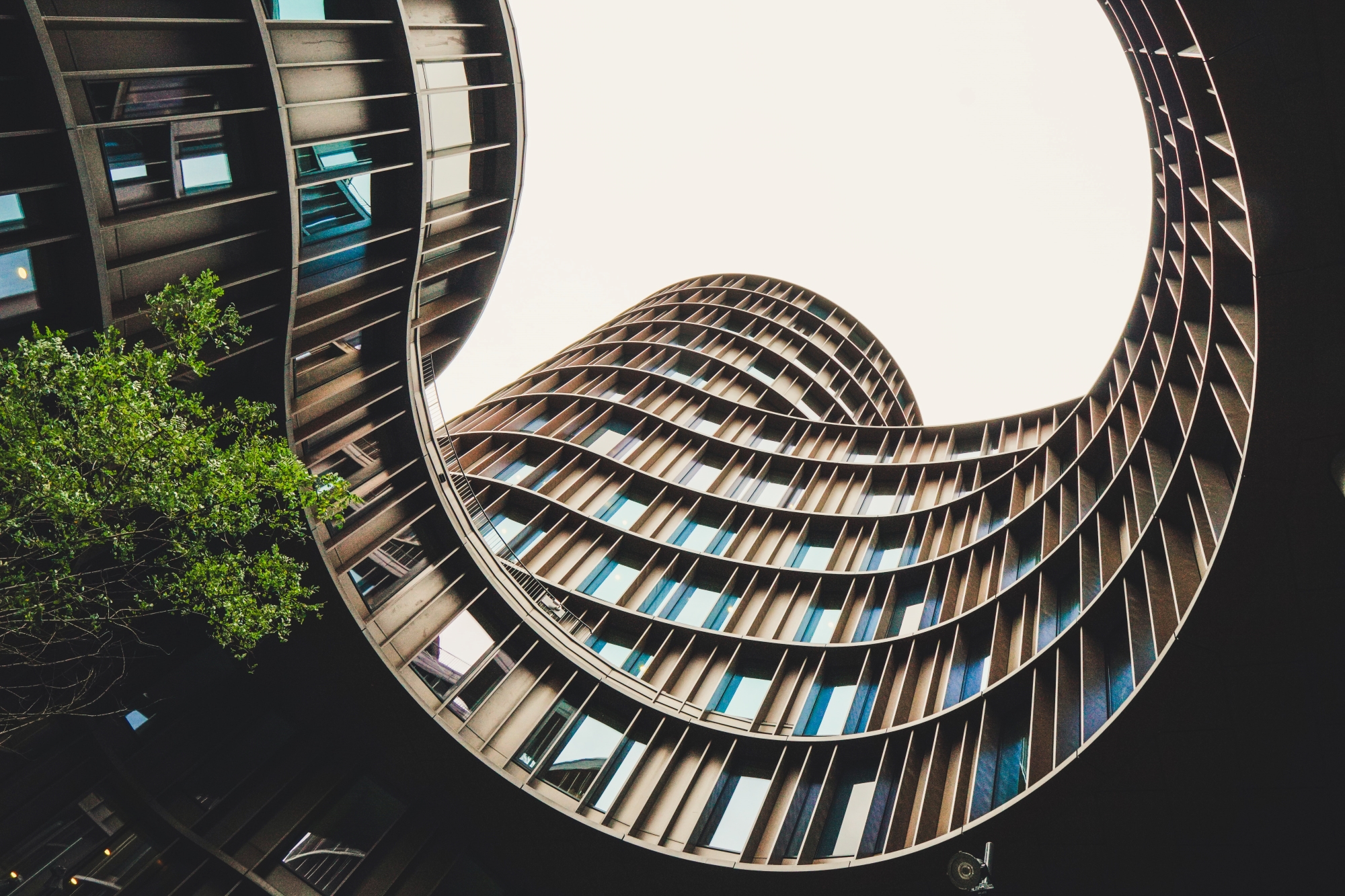
Civil engineers are working now to help solve the global challenges that lie ahead – poverty, climate, clean water, clean energy, inequality, and more are on the horizon. To address these, the United Nations established Sustainable Development Goals to be achieved by 2030. Each is critical in protecting humanity and our planet, requiring sustainable and resilient infrastructure as part of the solution.
Elise N. Zoli is a leading energy lawyer and serves as global co-head of the Jones Day's Future of Energy, Renewables+ & Sustainability Initiative. With a keen understanding of clean energy and water, she provides strategic direction to the nation's leading public and private enterprises, focusing on the development and operation of clean energy, water, and related infrastructure projects.
She will serve as moderator for a key plenary session at the International Conference on Sustainable Infrastructure 2021, Dec. 6-10. She spoke recently with Civil Engineering Source about the session’s topic: How do we scale sustainable and climate resilient infrastructure to achieve the United Nations’ Sustainable Development Goals by 2030?
Civil Engineering Source: In scaling our current infrastructure, how close are we to meeting the U.N.’s SDGs? What else needs to be done to ensure we are successful by 2030?
Elise N. Zoli: I’m so glad that you asked this question and used the phrase “our current infrastructure,” focusing on the U.S. The answer is that we’re not close to achieving UNSDG Goal 9, which is that we “[b]uild resilient infrastructure, promote sustainable industrialization, and foster innovation.” But we can be.
So, why aren’t we close? Here, a difficult bit of self-examination is required. Infrastructure – the quintessential large-scale, multigenerational, public investments in the physical fabric of our society – does not just happen overnight. Infrastructure projects routinely take decades from planning to operation. It is not that we lack time or manpower to make good decisions. We’re not close because we choose to make suboptimal decisions as we plan and build the largest man-made structures on Earth – projects with economic lives of less than 100 years and the power to transform communities. Those suboptimal decisions, underpinned by deeply flawed economics, create inertia that cast a dark shadow over our collective prosperity.
For generations, we’ve peddled the yoyo dieting of the built world – nonresilient, unsustainable infrastructure, guided by the North Star of “lowest cost,” exacerbated by an imputed “discount factor” that sold out what could have been great leaps in innovation, engineering, and social good. Higher discount rates devalue long-term economic and qualitative benefits in favor of short-term net monetary returns. This has the effect of favoring cheap fixes, not transformational public works that last or become each generation’s contributions to the world’s recognized monuments.
In personal terms, our current approach values the $1,000 water-saving washing machine that lasts 25 years less than the $300 water-guzzling washing machine that lasts five years. It does so by rejecting the last 20 years of durability and water savings, viewing it as not worth as much currently and, in any event, less important than today’s cheap price. Our collective impression – intuitive and mathematical – is that today’s infrastructure decisions are not only suboptimal, but also do not serve people well.
So, what do we do – how do we get there by 2030? A sustainability lens forces us to expand our vision of both time and space to factor in reality over the long term and therefore to reject spreadsheet gymnastics out of touch with those realities. To the extent that we want our infrastructure to be carbon neutral or less problematic in hindsight, we must rethink how we balance the costs and benefits of our decisions. We must start to value durability – the implications of ecological limits and the remarkable social glue of deliberately building something for future generations.
This change in aperture requires only a subtle shift in orientation and, for the most part, math within reach. For this shift, imagine your neighborhood must design, fund, and construct a public water-treatment system to deliver the most necessary and scarcest resource on earth – potable water – to your family and those in your community. What are your rules for constructing that new system?
- Will you design a system that pumps water faster than its recharge rate? If so, how do you value your waterless house or neighborhood in 10 years?
- Will you construct a system that leaks a material fraction of the water pumped, squandering the electrons and water molecules? If so, how do you value those sunk costs, not to mention the probability that your basement will be full of water?
- Will you finance at a 7% discount rate over 15 years, so you have not one, but two or three, financings over the life of your mortgage for the same system and its repairs? If so, how do you think about those repetitive, gratuitous expenditures?
When we start thinking of ourselves as long-term owners of systems, not recipients of services in the short term, we start thinking differently about the time value of investments. We start to think about infrastructure as a barn raising, not a waste of resources to be advanced on the cheap. Even more so, the spillover effects – the feedback loops – of doing things well are exactly what we want them to be. Saying “not so fast, not so much” to poor quality is not the disease, it’s the antidote that enables those forms of creativity in which humanity excels.
So, we’re not where we should be, but the past is not where or who we are – or have to be – tomorrow.
Source: Why should engineers answer this call to action?
Zoli: First, we cannot do it without them. Our future is, more than anything else, an engineering exercise.
Second, I believe the world’s engineers are dying to answer this call. Imagine you’re a concert pianist and have been asked to play a ditty for a lifetime, under the rubric that “it’s all music.” Perhaps it’s time we let this millennia’s great engineers play Bach or Mos Def, following the engineers in previous millennia who played their best notes, building a civilization and its monuments. In these, we have products of human and animal handiwork that have survived our daily usage, floods, earthquakes, and wars for more than a thousand years. They are the proof that we not only can build resilient infrastructure, but we’ve done it intuitively for much of human existence.
Third, we need engineers to reject the glibness of reducing a multibillion-dollar public good to a decade of direct monetary benefits. It’s no longer possible for engineers – not to mention investors, regulators, or residents – to observe silently as the status quo continues on a pen-stroke. If we allow engineers to lead, their innovations and workforce will expand. Designing our global culture’s next great monument inspires and attracts our best and brightest. It could not be timelier, given the significant infrastructure initiatives planned across the globe.
Source: You have extensive experience with clean energy technology. What types of innovations are we seeing, or can we expect to see, as we work toward building more sustainable and climate resilient infrastructure?
Zoli: I have been incredibly fortunate to spend my career with mathematicians, physicists, chemists, and engineers. My hat’s off to all who think outside the box. On the early innovation side, my favorite “hardware” technologies are those that mimic nature, and my favorite ventures are those that see small steps for the fractal geometry it is. Velcro is the classic example of biomimicry, but it is far from alone. In terms of today’s infrastructure technologies, I am wowed by –
- Alternative cementitious materials, including those aggregates that repurpose CO2
- Steel recycling, and what it means as a model for a circular economy
- Physical wastewater and water treatment systems. Wastewater, not incidentally, is an oxymoron
- Hydrogen-powered fuel cells of every shape and form
- Stirling engines
- Plastics reformulation
- Fusion, tokamaks particularly
- Graphene, particularly for tensile strength
- Patagonia’s vision and ability to communicate the importance of making everything more wisely and more durably
I am also awed by financial innovation of impact investors – their sanguine understanding that everything is about time. Under the lens of the long view, better decisions are being made every day. And we’re just getting started.
Learn more about the International Conference on Sustainable Infrastructure 2021 and register today.



